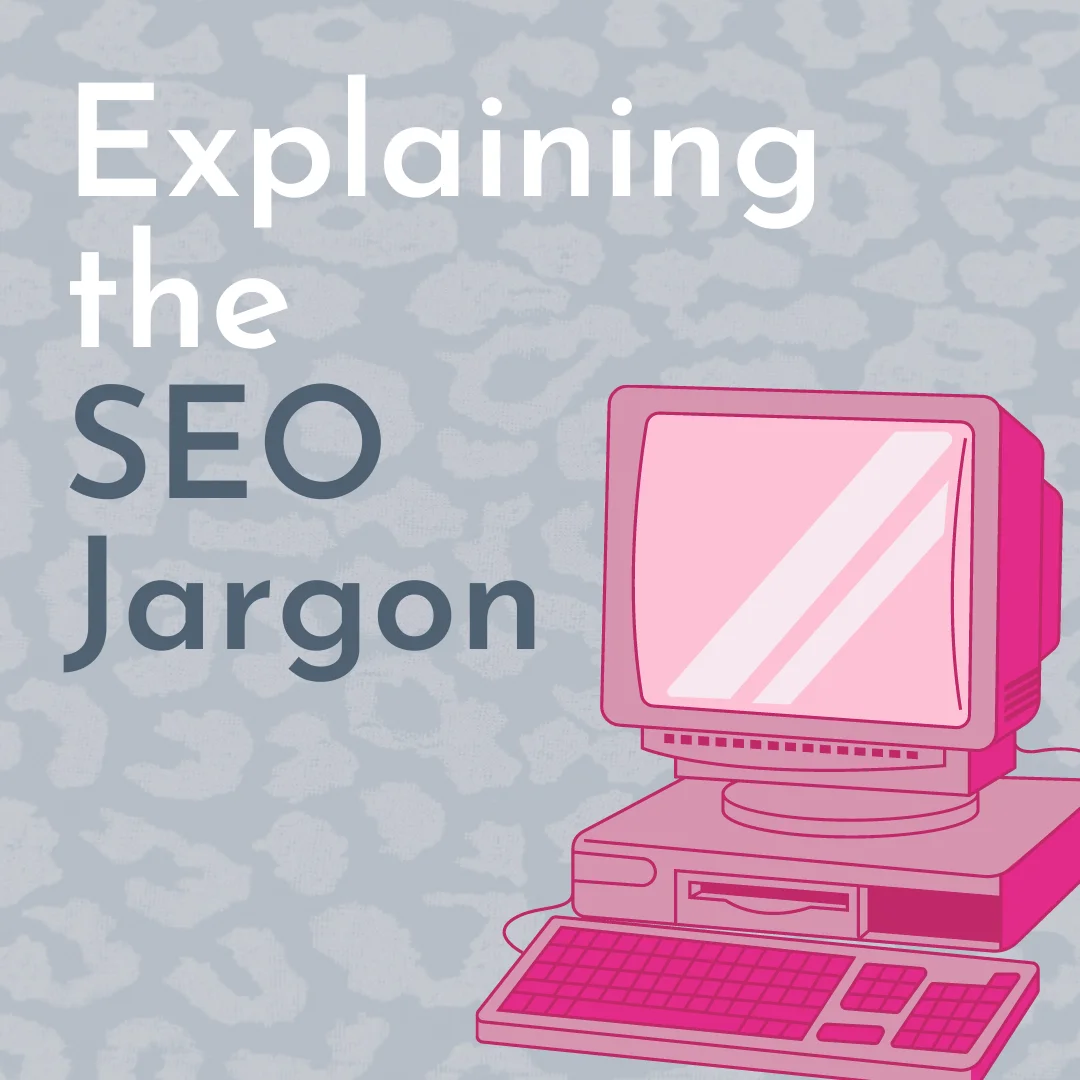It seems like every week I am getting an email notification about yet another cyber security breach. I mean, just this year, Optus, Twitter, JD Sports, Yum Brands (think KFC & Pizza Hut), and even ChatGPT, have been subject to cyber hacking.
So with this issue on the rise, it’s time to boost your awareness and keep your data safe and sound.
Crispy Tip
So, if you have been informed of a cyber breach or you are suspecting that your account may be compromised, these are the steps that you need to take.
Here is what to do if you think that you have been the victim of a cyber breach:
1. Confirm the breach
Contact the organisation that you think has been breached. DO NOT do this via a link in any email or text message that you have received (and are suspicious of), instead look up their website via your web browser and go to the official website.
From there contact the organisation via chat or phone, and ask them to confirm if you were part of a breach, and to what extent.
Ask the organisation to provide you with a victim’s certificate. You may need this down the track to support your claims if any fraudulent activities have occurred in your name.
Crispy Tip
Crispy tip: You want to find out exactly what information of yours could be at risk, ask the organisation to be specific and to provide you this in writing.
2. Get some advice
If you have confirmed that you are part of a breach, the next step is to get advice on what to do next. We recommend using the Australian Government’s Have You Been Hacked? Tool. This will allow you to identify your risk and give you actions to take to secure your finances, accounts, email and identity.

Find the Have You Been Hacked? Tool here:
https://www.cyber.gov.au/report-and-recover/have-you-been-hacked
3. Change your password
If your account has been breached, it is likely that your password may have been compromised. Log into your account and reset the password to something that is strong and safe.
4. Set up two-factor authentication
While you are in your account settings, set up two-factor authentication (also known as 2FA or MFA). This is a setting that makes you use a code to verify your identity, in addition to your password. 2FA sends you a text message, email or requires you to use a code generator, to get a randomly generated code which you will need to enter on the login screen.
Although it can be a little time consuming, this is a really powerful way to protect your accounts.
5. Check your credit score
This last tip is for those who have had a significant amount of data stolen; enough to be able to apply for a credit card or loan.
If you think this may have happened to you, we recommend that you pull a credit report and check for any activity that may not be you. You can get a free copy of your consumer credit report once every 3 months to make sure it’s correct.
Here is how you can access a free credit report: https://www.oaic.gov.au/privacy/your-privacy-rights/credit-reporting/access-your-credit-report
Remember to stay vigilant and proactive when it comes to cyber security. Follow the steps above and be on the front foot. By detecting cyber breaches early, you can lessen their impact and safeguard your personal data.









